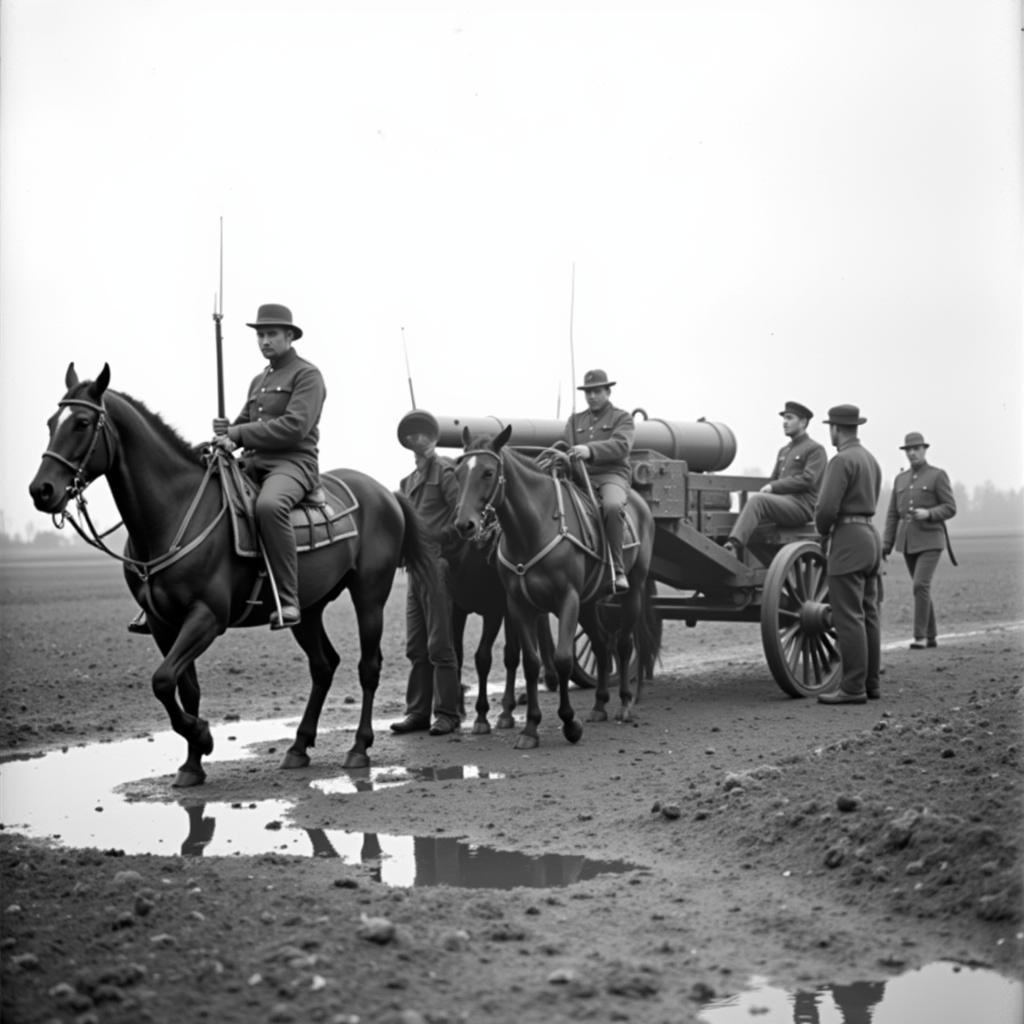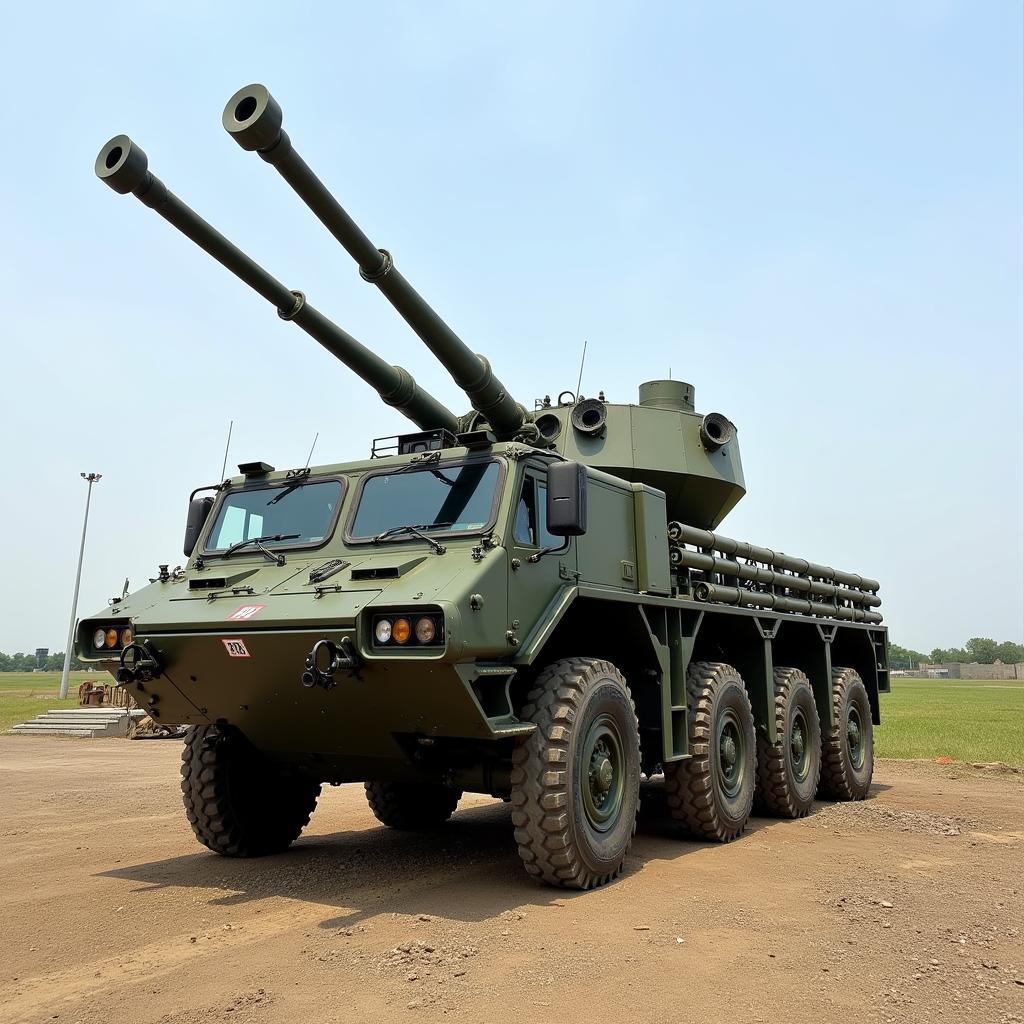The term “Horse Gunner” might initially evoke images of a weaponized equine, but in reality, it holds no connection to weaponry or violence. Instead, it reflects a historical role within the military, specifically the artillery, where horses played a crucial part in transporting heavy weaponry and ammunition. While the term itself might seem unusual today, understanding its origins and evolution provides a fascinating glimpse into the historical relationship between horses and warfare.
The Role of Horses in Military History
Horses have been integral to warfare for millennia, serving as powerful instruments for transportation, communication, and even combat. Their speed, strength, and agility provided a significant advantage on the battlefield, shaping military tactics and strategies across various cultures and eras. From the chariot charges of ancient armies to the mounted cavalry charges of the medieval period, horses remained indispensable assets for centuries.
 Horse-Drawn Artillery
Horse-Drawn Artillery
The Emergence of Artillery and the Need for Horsepower
The invention and adoption of gunpowder and cannons during the late Middle Ages revolutionized warfare, introducing a new era of firepower. However, these early cannons were incredibly heavy and cumbersome, posing a significant logistical challenge. This is where horses proved invaluable. Their strength allowed them to haul these heavy weapons, enabling armies to deploy cannons effectively on the battlefield.
Horse Gunners: The Backbone of Artillery Movement
The term “horse gunner” emerged to describe the soldiers responsible for handling the horses that moved the artillery pieces. Their tasks were far from glamorous, involving the arduous labor of caring for the animals, maneuvering heavy wagons across challenging terrain, and ensuring the artillery’s mobility during combat.
 Horse Gunner Uniform
Horse Gunner Uniform
“The life of a horse gunner was demanding and often dangerous,” says Dr. Emily Carter, a military historian specializing in 18th-century warfare. “They faced not only the typical risks of combat but also the unique challenges of managing large, powerful animals in the midst of chaos.”
The Evolution of Artillery and the Decline of Horse-Drawn Warfare
As technology progressed, artillery pieces became lighter, more mobile, and eventually, self-propelled. This evolution gradually diminished the reliance on horses for artillery movement, leading to the decline of the horse gunner’s role.
 Modern Artillery
Modern Artillery
Legacy of the Horse Gunner
While the term “horse gunner” may seem like a relic of the past, it serves as a reminder of the critical role horses played in shaping military history. Their strength, speed, and resilience were instrumental in the development and deployment of early artillery, forever linking them to the evolution of warfare.
Conclusion
Though no longer a common term, “horse gunner” offers a glimpse into a fascinating period when horses and gunpowder intersected on the battlefields. While their role eventually faded with technological advancements, the legacy of horse gunners and their equine companions reminds us of the enduring bond between humans and animals, even in the harshest of circumstances.
For any inquiries or assistance regarding horse care or other equestrian matters, please don’t hesitate to contact us. Justus Horses USA is dedicated to providing expert advice and support to horse enthusiasts everywhere. Call us at 0772127271, email us at [email protected], or visit us at QGM2+WX2, Vị Trung, Vị Thuỷ, Hậu Giang, Việt Nam. Our dedicated team is available 24/7 to address your needs.